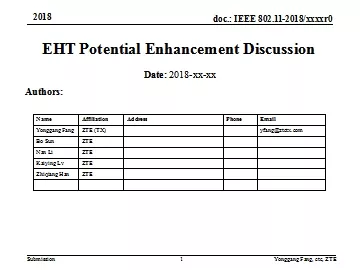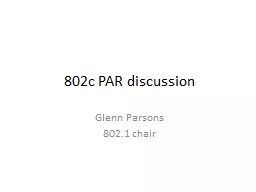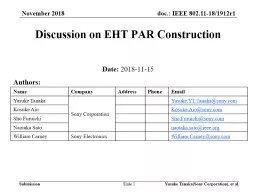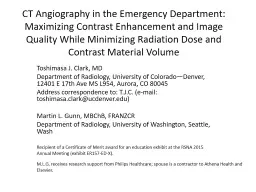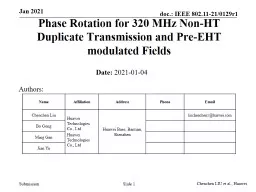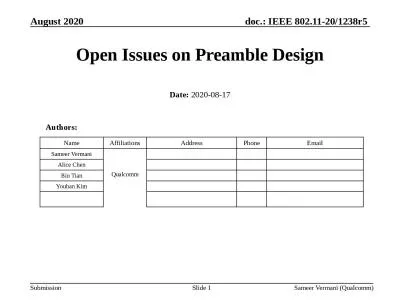PPT-Authors: EHT Potential Enhancement Discussion
Author : danika-pritchard | Published Date : 2018-11-18
Date 20181111 Name Affiliation Address Phone Email Yonggang Fang ZTE TX yfangztetxcom Bo Sun ZTE Nan Li ZTE Kaiying Lv ZTE Zhiqiang Han ZTE 1 Yonggang Fang etc
Presentation Embed Code
Download Presentation
Download Presentation The PPT/PDF document "Authors: EHT Potential Enhancement Discu..." is the property of its rightful owner. Permission is granted to download and print the materials on this website for personal, non-commercial use only, and to display it on your personal computer provided you do not modify the materials and that you retain all copyright notices contained in the materials. By downloading content from our website, you accept the terms of this agreement.
Authors: EHT Potential Enhancement Discussion: Transcript
Download Rules Of Document
"Authors: EHT Potential Enhancement Discussion"The content belongs to its owner. You may download and print it for personal use, without modification, and keep all copyright notices. By downloading, you agree to these terms.
Related Documents

